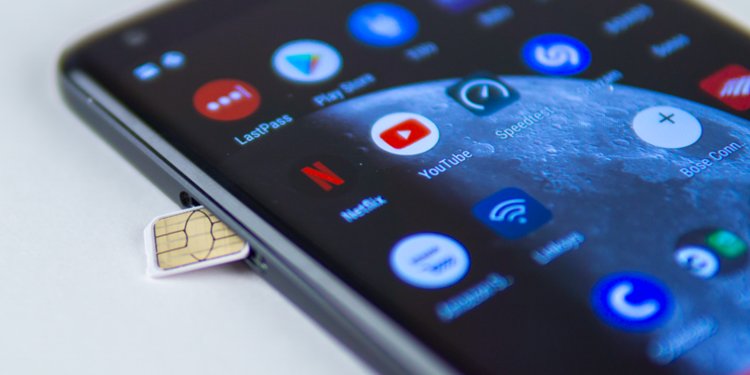Today, 14th November 2018, the European Parliament is expected to vote on the final approval of the European Electronic Communications Code (EECC), which digs deeper into the EU’s telecom regulatory context. This reform paves the way for new fibre and 5G networks, and also expands the level of consumer protection available to the subscribers of telecom and OTT services. The EU officials first presented the Digital Single Market (DSM) strategy in May 2015, and the following year they introduced a connectivity agenda with proposals for the telecom sector. The DSM strategy contains diverse subjects, including support for cross-border e-commerce, prevention of geo-blocking, expansion on EU policies for the cloud, AI and competitiveness. The key legislation for the DSM must be completed by May 2019. It will presumably assist in reaching the new targets for broadband connectivity set by the Commission for 2025: gigabit speeds for digital businesses and public…
After months of battle and negotiations, the third and fourth largest wireless carriers in the U.S.A. finally agreed on a merger. The fusion between the two companies is one of massive proportions in terms of capital and clients, as it will be a $26 billions all-stock deal and will concern 127 millions customers. The main goal of this deal is to give birth to a strong opponent to AT&T and Verizon. Actually, the announcement might be due to T-Mobile’s fail to acquire a company called Straight Path a year ago, that focuses on providing technology, in the 28 GHz z to 39 GHz millimetre wave spectrum. Verizon, who won the bid gets an advantage in the 5G market. In order to be competitive in this new 5G technology the merger became necessary. T-Mobile and Sprint tried to merge 7 years ago, in a much different environment and the failed, as…





